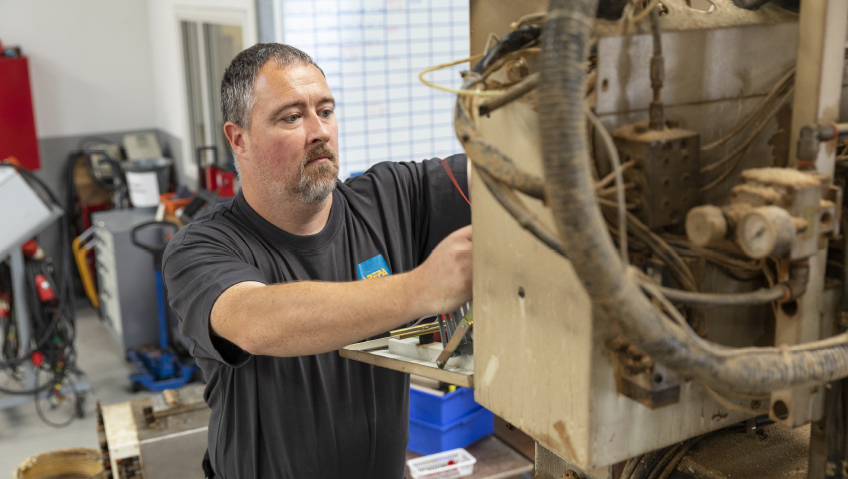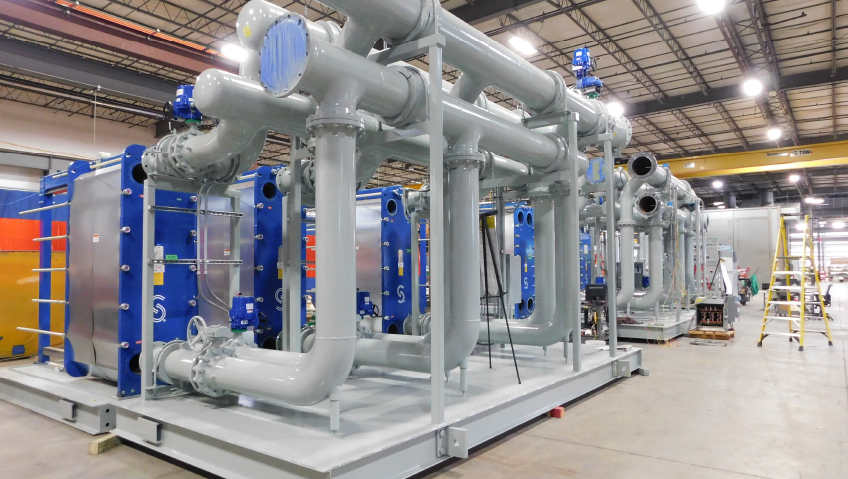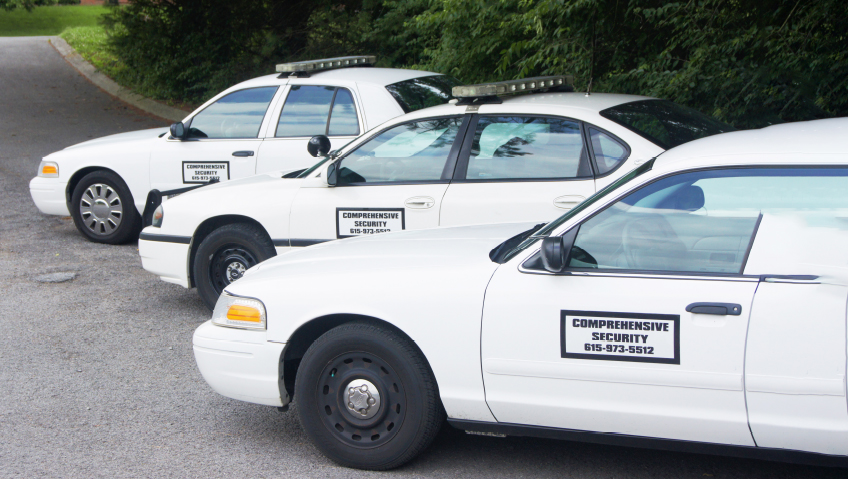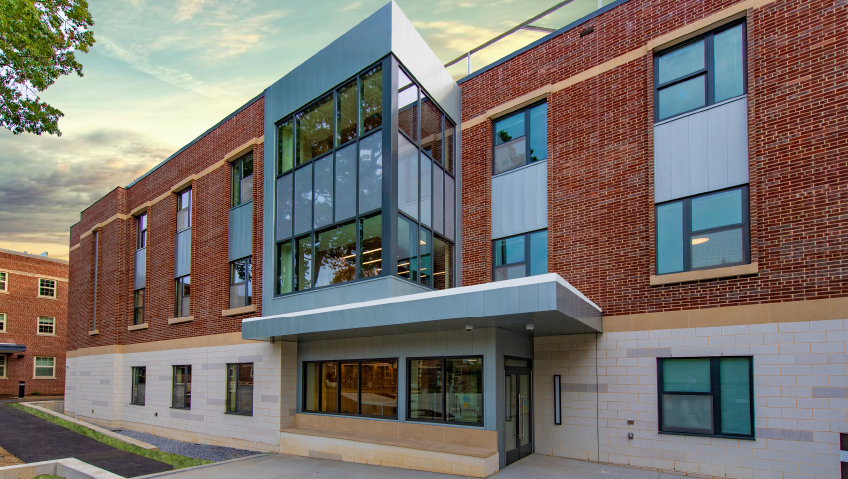For many of us growing up, our first experience of being part of a larger community beyond our friends and family started with the local public library. The library is one of the first places you become a member of, complete with your personal card to give you the access (and the responsibility) to borrow books.
It’s also one of the public spaces where you’re allowed to go on your own and participate as a member of the community in your town or neighbourhood.
Beyond our local branch or even beyond our local place in history, libraries in one form or another have existed around the world for as long as people have been writing their thoughts into books. As the saying goes, “knowledge is power,” so empires through the centuries have amassed elaborate libraries to not only collect accumulated knowledge, but to let everyone else know just how enlightened they were. More often than not, though, these collections of books and writings were not open to the mass public. That would come later.
For instance, in America, it’s a bit up for debate as to which is the first public library. Some contenders are the library from Peterborough, New Hampshire, which was the first library funded through public taxes and opened in 1833. The Darby Free Library in Pennsylvania has been in continuous service since 1793 and the Boston Public Library opened in 1854, with residents of Massachusetts allowed to borrow from its collection.
But while all these things sound good, that was a long time ago – what about the internet? What about Google, Wikipedia, YouTube and other sites? Aren’t these today’s go-to sources for information?
On the surface, libraries may seem a little quaint and maybe even past their time. But, in an analysis of libraries in the U.S. by the Pew Research Center, it turns out that millennials use libraries more than other generations. So, even though we have the internet out there, many people are still coming to libraries, both in person and online.
In an article for the Places Journal, Shannon Mattern, Professor of Anthropology at the New School for Social Research in New York, writes, “People turn to libraries to access the internet, take a GED [high school general education diploma] class, get help with a résumé or job search and seek referrals to other community resources.”
In many ways, libraries are social integrators as well as sources of information for everyone. But all of this doesn’t happen in a vacuum.
As the internet, technology and libraries converge, the question becomes, how does the physical space enable public access to technological and social resources?
This design question is really an identity question. Are libraries just another provider of information in a sea of information providers or are they something more? What makes libraries different?
All of this is really a new spin on a very old concept. Societies need spaces that everyone can come to, regardless of their background, to research, learn and discover, and today this includes providing the latest computer technology to everyone. Today’s local libraries boast podcast studios, robotic book-retrieval, 3D printing services, and video game development labs, and these are just some of the ways that libraries are changing and adapting to what patrons are interested in.
For example, North Carolina State University’s James B. Hunt Jr. Library features technology zones including interactive and HD video screens that appear throughout the building for promoting creative spaces and thinking, bringing together the traditional concepts of a library, learning and information with new ways to apply what they learn in the actual library building.
In addition to the main areas of a library where people traditionally go to visit, connecting spaces also have relevance to library programming, personnel and visitors. Hallways can express the character of the library, whether through art or simply making the space wide enough for a message board and casual gathering space. Using this concept of flow, the Arabian Library in Scottsdale, Arizona feels more like a retail store or comfy lounge than a library. The intent of this was to encourage young people to borrow more books through convenient, self-serve kiosks as they pass through the library.
Of course, one of the most sudden changes that we have just lived through is the pandemic. In fact, libraries are really just in reaction mode at the moment. The long-term question that needs to be answered is what their role will be and how they will create spaces to make their future operations most effective. How do you encourage discovery and learning while maintaining social distancing requirements?
Amanda Markovic, architect and associate at GBBN Architects in Cincinnati, talks about how the virus is shaping the way we think about the spaces in libraries in American Libraries Magazine. “This won’t last forever, but there’s a possibility that it will happen again,” she says of the pandemic. “I think ensuring there’s flexibility, making sure there aren’t as many hard walls to allow for expansion and contraction, will be necessary when these things arise.”
At least for the near future, health concerns will be part of the conversation when thinking about how to design libraries and other public spaces. Considerations include flexibility in how spaces can be used for more than one purpose, how easy is it to keep spaces clean and how buildings can provide safety and quality of experience for the people who visit libraries.
In many ways it’s answering the question of, “what will the future look like?” that creates the biggest challenge for libraries. Building for the future means taking advantage of the latest concepts, but also thinking about what will be important to people 10 or more years out. A clue in all this may be the way modern office buildings are being constructed. More and more of these buildings are designed to be multipurpose and use smart technology to deliver greater efficiency and value. The Austin Central Library, for example, uses natural light to illuminate the space. And for the hot months when droughts hit, the building has a 373,000-gallon rainwater system that captures the rain that falls on the roof of the building.
Green innovations, smart features, access to technology, and flexibility in the design of interior space will continue to shape the environments in our future libraries. But in all of these the goal will be same: to bring people together, whether they are there to learn, connect with others, or just relax and quietly read a book.






